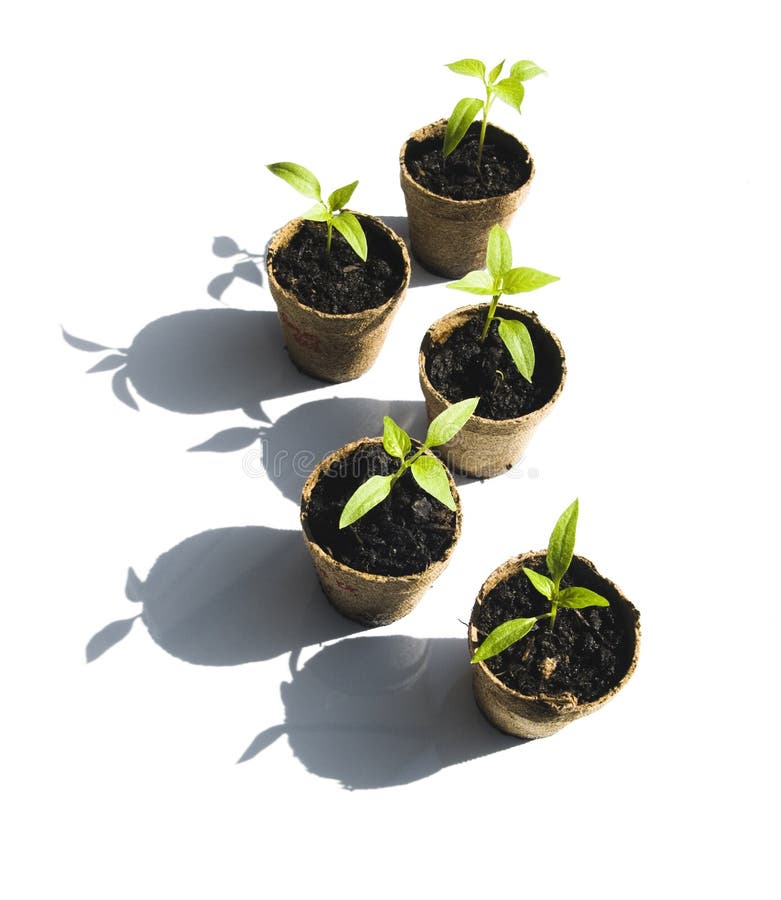
Mix some compost or fertilizer into the soil to give the plants the nutrients they need to grow. Prepare the soil: Choose a sunny spot in your garden or a container that is at least 8-10 inches deep.Make sure they are completely dry before planting. Dry the seeds: Spread the seeds out on a paper towel and let them dry for a few days.Rinse the seeds in water to remove any pulp or flesh that may be sticking to them. Save the seeds: When you’re preparing a bell pepper for cooking, cut off the top of the pepper and remove the seeds.

Did you know that you can actually grow your own bell peppers from scraps? This is a fun and easy way to save money and reduce food waste. For the best results, it is recommended to grow bell peppers from seeds.īell peppers are a delicious and versatile vegetable that can be used in many different dishes. It is important to note that not all scraps will grow into healthy plants, and even successful cuttings may not produce fruit as large or as flavorful as those grown from seed. Once the plant has grown a few inches tall and has a few sets of leaves, you can transplant it into a larger container or into your garden.After a few weeks, the stem cutting should start to grow new leaves and roots.Keep the soil moist and place the pot in a warm, sunny location.Plant the stem cutting in moist potting soil and water it regularly.Remove any remaining seeds from the top part of the pepper.Cut off the top part of a bell pepper, including the stem and a small portion of the fruit.To propagate bell peppers from scraps, follow these steps: Bell peppers are typically grown from seeds, but you can try to propagate them from the stem cuttings. It is possible to grow bell peppers from scraps, but it is not the most reliable method. The stem of the bell pepper will eventually sprout new leaves and roots, and you may be able to harvest new peppers from the plant. However, if you have a bell pepper that is still attached to its stem, you can plant the whole thing (stem and all) in soil and it may continue to grow. Without roots, the plant won’t be able to absorb water and nutrients from the soil, and it will eventually die. When you cut off the top of a bell pepper, for example, you’re cutting off a part of the plant that contains leaves, stem, and possibly some fruit, but not any roots. The reason for this is that bell peppers don’t have the ability to regenerate from scraps like some other plants do. While some plants can be regrown from scraps, bell peppers are not one of them. When you grow bell peppers from scraps, you’re essentially trying to regrow a part of the plant that has been cut off. It’s possible to grow bell peppers from scraps, but it’s less likely to be successful than growing them from seeds.


What You Need To Grow Bell Peppers From Scraps If you don’t have much-growing space, or if your area gets frosted early, growing bell peppers from scraps is perfect for you. Gardeners have their own tricks to grow edible crops from seeds and scraps.
#Bell pepper seedlings to sprout how to
Here’s how to grow bell peppers from scraps. Once you get the hang of it, you can grow bell peppers year-round in all zones. By identifying useful plants that play an active role in improving soil and pest control, you can ensure that you always have a ready supply of companion plants to help you get the most out of your gardening.īell peppers are one of the easiest vegetables to grow from home.

#Bell pepper seedlings to sprout download
This comprehensive beautifully illustrated guide, valued at $16.95 is available now for instant download to your computer. Harvesting and Canning Homegrown Green Beans on Our Homestead | Embracing Self-Sufficiency 🌱 A fantastic resource to help you create a garden where your plants grow happily with each other, working in harmony to support each other and keep away harmful pests.


 0 kommentar(er)
0 kommentar(er)
